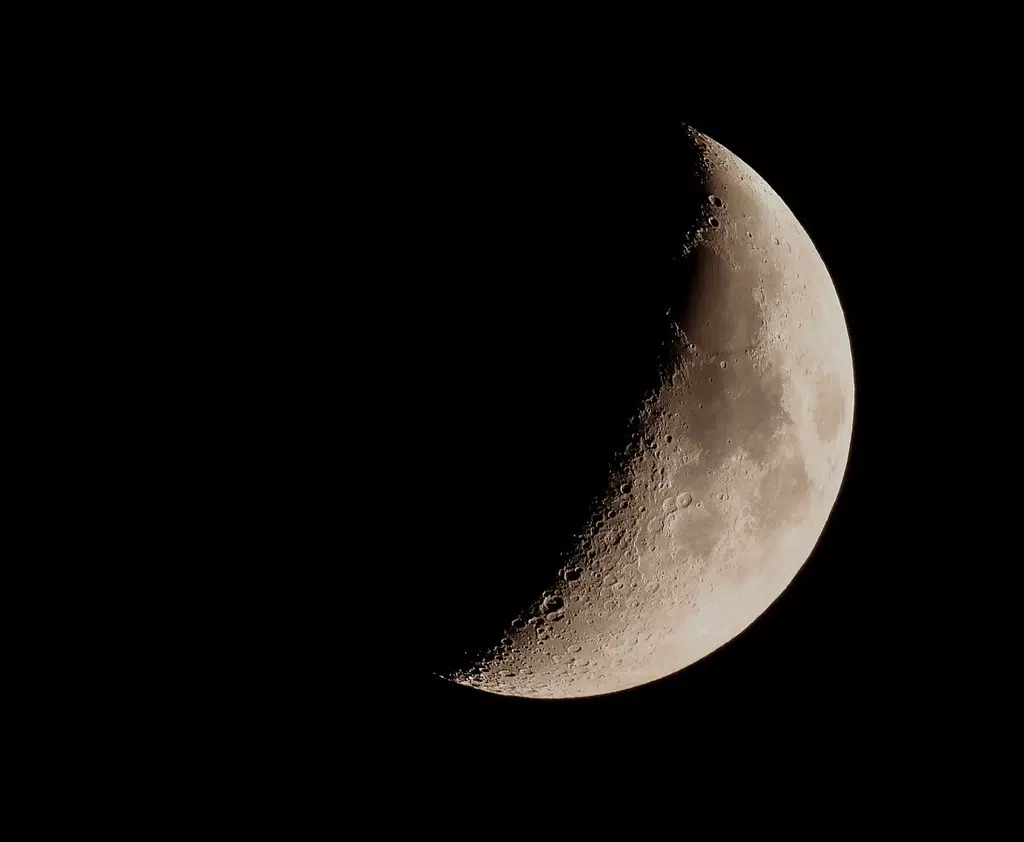A radiation detection device developed in part by five LSU students will be sent to the Moon next year as part of the IM-1 lunar mission. IM-1 stands for Intuitive Machines, a Houston-based company that is contracted by NASA to supply payloads for two upcoming trips to the Moon.
Senior Engineering Undergrad Jacob Miller helped developed the case the iPhone-sized detection device will be housed in. He said this equipment will help keep future astronauts safe.
”A lot of the problems that we are facing, they are not trivial, and they are new, and the fact that we, especially as students get to tackle these problems is really exciting,” said Miller.
Recent Physics graduate Haley Pellegrin said the vacuum environment presents a lot of technical challenges to maintaining equipment, and once you sending something to the moon you can’t go fix it later.
“Our first step that was taken was deciding on a radiation detection model that could withstand these galactic cosmic rays, as well as still provide readings with good resolution,” said Pellegrin.
The five students worked under LSU SpaRTAN Lab head Jeffery Chancellor. He said these scientists may be young, but that’s not unusual in this field.
“If you go and you look back at the old Apollo days most of those flight engineers and controllers were in their mid to late 20s, so it wasn’t like they had 15 to 20 years of experience,” said Chancellor.
The IM-1 mission is expected to launch in the first quarter of 2022.








Comments